8 Brilliant Hacks: How to Purify Air in Home for Ultimate Health
Is your indoor air as clean as you think? The Environmental Protection Agency tells us that indoor spaces, on average, contain pollutants 2-5 times higher than outdoor areas. With these startling statistics, learning how to purify air in home has never been more crucial. It’s crucial for your health, well-being, and the overall enjoyment of your home.
And we’ve got just the ticket! My blog unravels eight brilliant hacks to cleanse your indoor atmosphere, driving the road to ultimate health. Let’s unveil this vital knowledge together, shall we?
The Basics of Purifying Air in Home
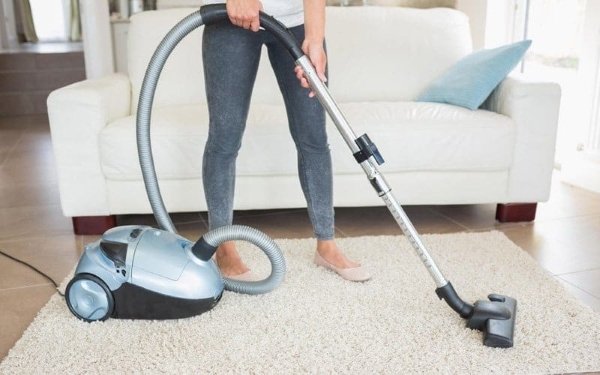
When considering how to purify air in home, we must return to basics. The foundations of cleaner indoor air lie in two simple yet effective practices: frequent cleaning and proper ventilation.
Frequent cleaning and vacuuming:
Imagine your house as a living organism. Just like us, it needs to breathe regularly, and it requires a good cleaning to stay healthy. Dust and micro-debris that accumulate over time aren’t just unsightly; they can also degrade your air quality.
Regular cleaning and vacuuming ensure these particles are caught before they float through your indoor air; thus, keeping your environment fresh and less allergenic.
Proper ventilation:
Ventilation is the other side of this air-purity coin. Opening windows and doors, even for a few minutes each day, can dramatically improve indoor air quality. It enables indoor pollutants to disperse, inviting refreshing outdoor air inside.
Remember, the goal is to create an indoor atmosphere where you, and your health, can thrive. Mastering these basics is a step in the right direction.
How to Purify Air in Home with 6 Natural Methods
Let’s delve further into how to purify the air in home naturally. Mother Nature has gifted us with incredible, air-purifying tools. In this section, we explore six of these natural methods, resources you may already have at home to combat indoor pollution effectively.
Embrace Indoor Plants
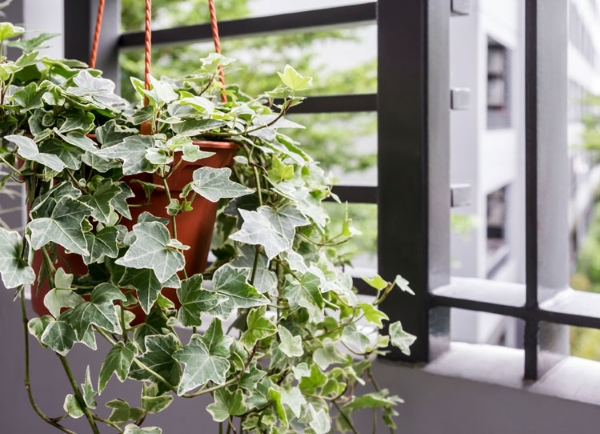
Greenery isn’t just soothing to the eyes; it’s a natural air purifier. Certain indoor plants can remove significant amounts of benzene, formaldehyde, and trichloroethylene from the air. They absorb these toxic air pollutants through their leaves and roots, converting them into harmless substances.
Try introducing Spider plants, Peace lilies, or English ivy into your living spaces. Not only will they add a beautiful element to your home decor, but they can also help you breathe easier.
I wrote another blog post about top air-purifying plants; don’t hesitate to check this out.
Essential Oils and Diffusers
Yes, indeed! Essential oils like tea tree, eucalyptus, and lavender have potent antibacterial and antiviral properties. When used in a diffuser, these oils can effectively neutralize airborne pathogens and improve indoor air quality [1].
Lemon, rosemary, and cinnamon are known for their strong purifying properties.
Light up Beeswax Candles
Unlike paraffin candles, which produce smoke and soot, beeswax candles have a clean burn. They are natural air purifiers, emitting negative ions that bind with toxins and help remove them from the air.
Enjoy the delicate, natural honey scent of beeswax while simultaneously improving your indoor air quality.
The Magic of Activated Charcoal
Activated charcoal, or active carbon, is known for its incredible ability to absorb impurities. It’s not just for skincare and dental hygiene; it’s a boon for air purification too.
When used as air purifiers, activated charcoal can absorb harmful chemicals from the air, such as benzene, ammonia, and formaldehyde, making it brilliant for neutralizing indoor air pollution.
Using activated charcoal to purify air is simple. Here’s how:
1. Purchase or create activated charcoal bags.
2. Place bags in areas with high pollutant levels (e.g., near shoe racks, bathrooms, kitchens, cars).
3. Recharge bags monthly by placing them in direct sunlight for a few hours.
Glow with Salt Lamps
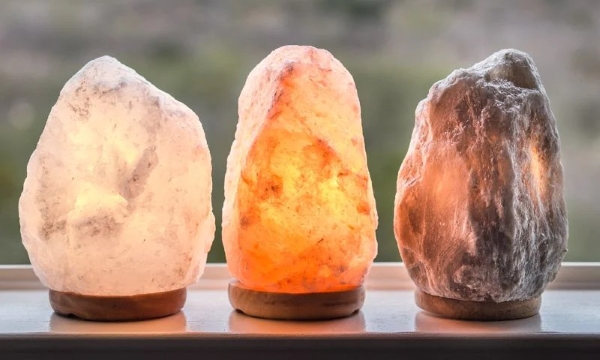
Beyond their aesthetic appeal, Himalayan salt lamps are known for their potential to improve indoor air quality. They produce negative ions that neutralize positive ions from electronic devices. This process helps to purify your indoor air, reducing allergens and irritants. It’s important, however, to note that definitive scientific proof of their efficacy is still limited.
The Power of Bamboo Charcoal
Much like activated charcoal, Bamboo Charcoal is a powerful natural air purifier. It’s known to absorb harmful pollutants in the air, as well as humidity, helping to eliminate mold and mildew. Put them in small bags around different corners of the house, and they’ll start doing their job instantly.
Purifying air in home naturally is comfortable, cost-effective, and promotes overall wellbeing. These six methods are just a start. Embrace these natural hacks and step into a healthier home and lifestyle.
Additional Tips and Preventions for Cleaner Air
In the quest for cleaner air in home, one must not overlook some essential habits that can significantly contribute to air purity. Let’s delve into a few essential practices that can give you even better results in maintaining a healthy indoor atmosphere:
Regular Grooming of Pets
Our furry friends, while adorable and loving, can also be the source of pet dander, hair, and allergens.
Routinely grooming your pets, including brushing their fur and cleaning their bedding, can help minimize these allergens, ultimately contributing to improved air quality in your living spaces.
Proper Disposal and Management of Waste and Chemicals
Waste, particularly chemical-based products, can emit harmful volatile organic compounds (VOCs) and other pollutants when not properly managed [2].
Be diligent in disposing of household waste and chemicals, and make sure you follow your locality’s guidelines for proper waste management. Additionally, try using natural alternatives for cleaning products, as they can reduce the emission of toxic fumes in your home.
Some Targeted Air Purification Strategies in Home
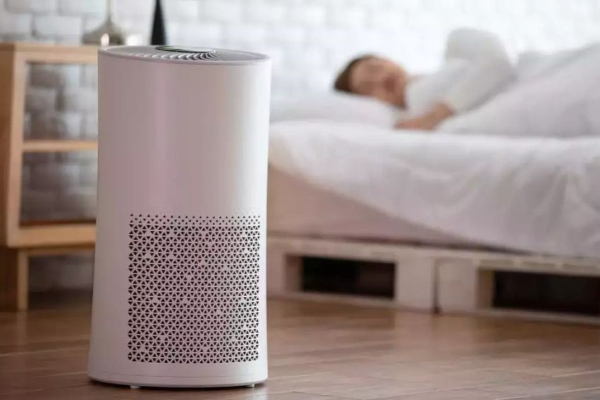
While general air purification methods help maintain overall air quality, sometimes we need targeted strategies for specific areas or problems. Let’s discuss some effective ways to enhance air quality in your bedroom, other rooms, and strategies to deal with smoke and dust:
How to Purify Air in Bedroom:
Since we spend a significant amount of time in our bedrooms, it’s crucial to keep the air here pure. Reduce allergen sources by washing bedding frequently and vacuuming regularly.
Consider adding peace lilies or snake plants, which can purify the air while you sleep. Lastly, ensure proper ventilation to avoid stagnation of indoor air.
How to Purify Air in Room:
Beyond bedrooms, make sure to maintain clean air in other living spaces. Reiterate the principles of regular cleaning, proper ventilation, and indoor plants here too. In high-traffic areas, activated or bamboo charcoal can be particularly effective.
How to Purify Air from Smoke:
Smoke, whether from cigarettes or wildfires, can be harmful to indoor air quality. Consider air purifiers with HEPA filters for this. Using beeswax candles and activated charcoal can also help. Moreover, ventilate well post any smoking.
How to Purify Air in Home from Dust:
Dust is a common yet significant pollutant. Regular wet mopping and vacuuming, using a HEPA-filter vacuum can be quite effective. You can also use a humidifier during dry months, as this helps settle airborne dust.
By tailoring your strategies to specific areas and problems, you can maximize the effectiveness of your air purification efforts and create a healthier living environment.
FAQs about Air Purification
You should purify your home’s air to improve overall air quality, eliminate harmful pollutants, reduce allergens, prevent respiratory issues, and enhance general well-being.
Yes, certain plants are very effective in purifying air. They absorb harmful toxins and release clean oxygen, improving indoor air quality.
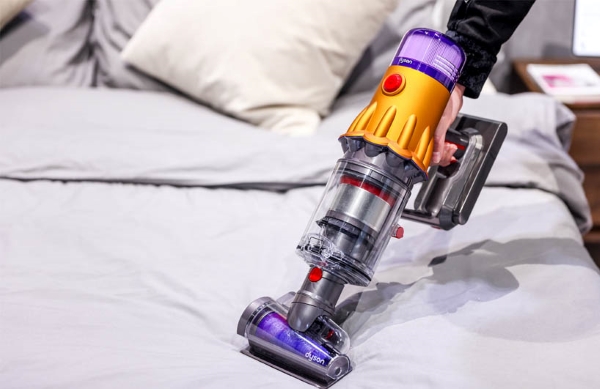
It’s generally recommended to dust and vacuum at least once a week. However, high-traffic areas or homes with pets or allergies might need more frequent cleaning.
Yes, activated charcoal absorbs a wide range of pollutants, harmful chemicals, and allergens from the air, functioning as a natural air purifier.
Recap
Understanding how to purify air in home naturally is not just a trend, it’s a lifestyle choice that contributes to well-being and healthier living. These diverse methods, from using activated charcoal to growing indoor plants, aren’t merely effective; they also add aesthetic value to your home.
Remember, combating indoor pollution is a continuous process; regular grooming of pets, proper waste disposal, and frequent cleaning are integral to maintaining clean air. Whether you’re dealing with allergy-prone areas like your bedroom or struggling with smoke or dust, there’s a natural and effective solution out there.
I encourage you to try these practices, take charge of your health and holistically enhance your living spaces. Happy purifying!
Sources:
- The effects of evaporating essential oils on indoor air quality – Huey-Jen Su, Chung-Jen Chao, Ho-Yuan Chang, Pei-Chih Wu
- Household Hazardous Waste (HHW) – EPA
Tags: How-to
Beryl, a Pharmacy graduate, combines her academic expertise with a passion for cozy homes at Hometoppicks. With 3+ years of experience in researching and testing household and home care products, Beryl manages related content at Hometoppicks. Trust in her meticulous nature and profound knowledge to provide reliable advice and product suggestions, ensuring your home remains comfortable and convenient. You can find more about her here.
